Tropical house plants come in many colors, shapes, and sizes. But there’s one common ground between all of them: the ability to make any room feel like a vibrant and lush oasis.
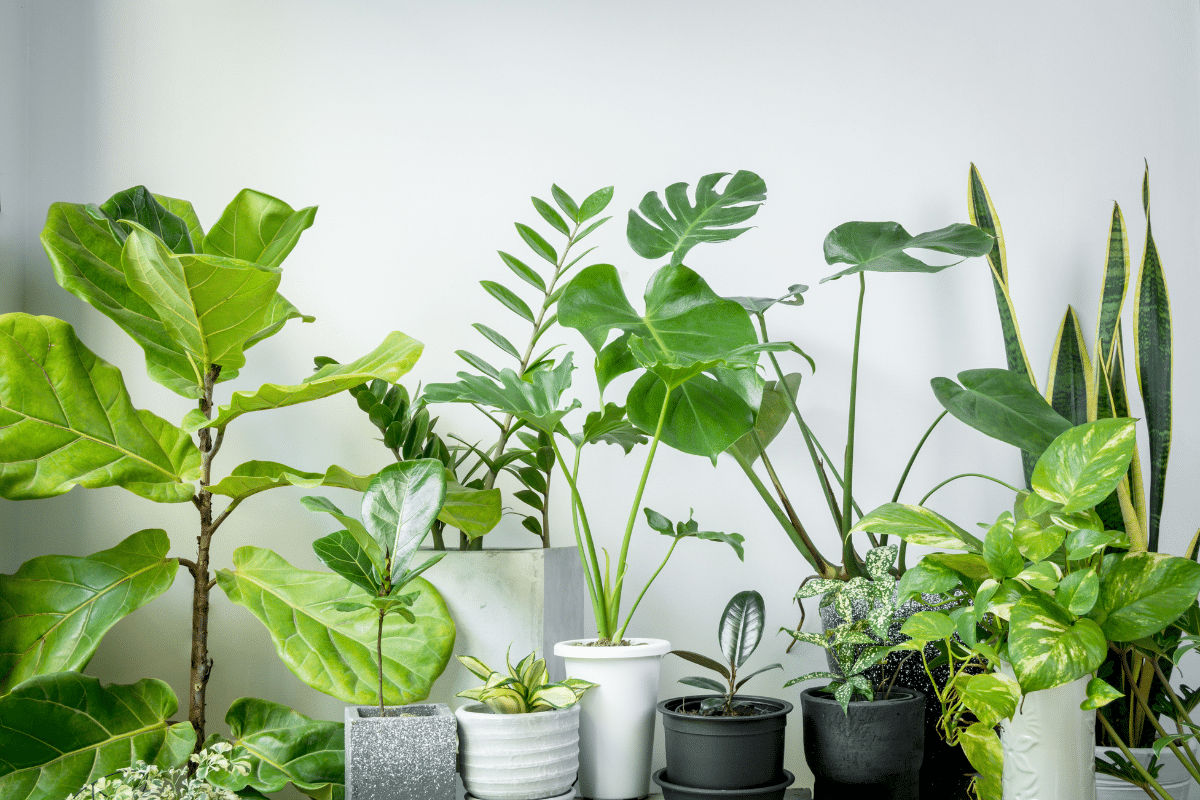
Whether you’re a seasoned green thumb or a novice plant parent, there are numerous tropical plants you can grow to bring a beautiful tropical vibe to your home. The best thing is, there are many of these plants you can grow indoors that are also low maintenance.
Jump to:
Main Benefits Of Keeping A Tropical Plant
If you’re still unsure whether taking care of a tropical houseplant is worth it, consider these benefits it can bring to you and your family.
Improved Air Quality
It’s no secret that air pollution is currently too high than it should ideally be, even inside our homes. Luckily, having a tropical indoor plant also means getting an all-natural air purifier. These plants effectively remove harmful pollutants from the air, creating a safer and more pleasant breathing environment in your household.
If you want to learn more about how plants can help improve the air in your home, check out the 10 Best Indoor Plants For Oxygen.
Increase Humidity Levels
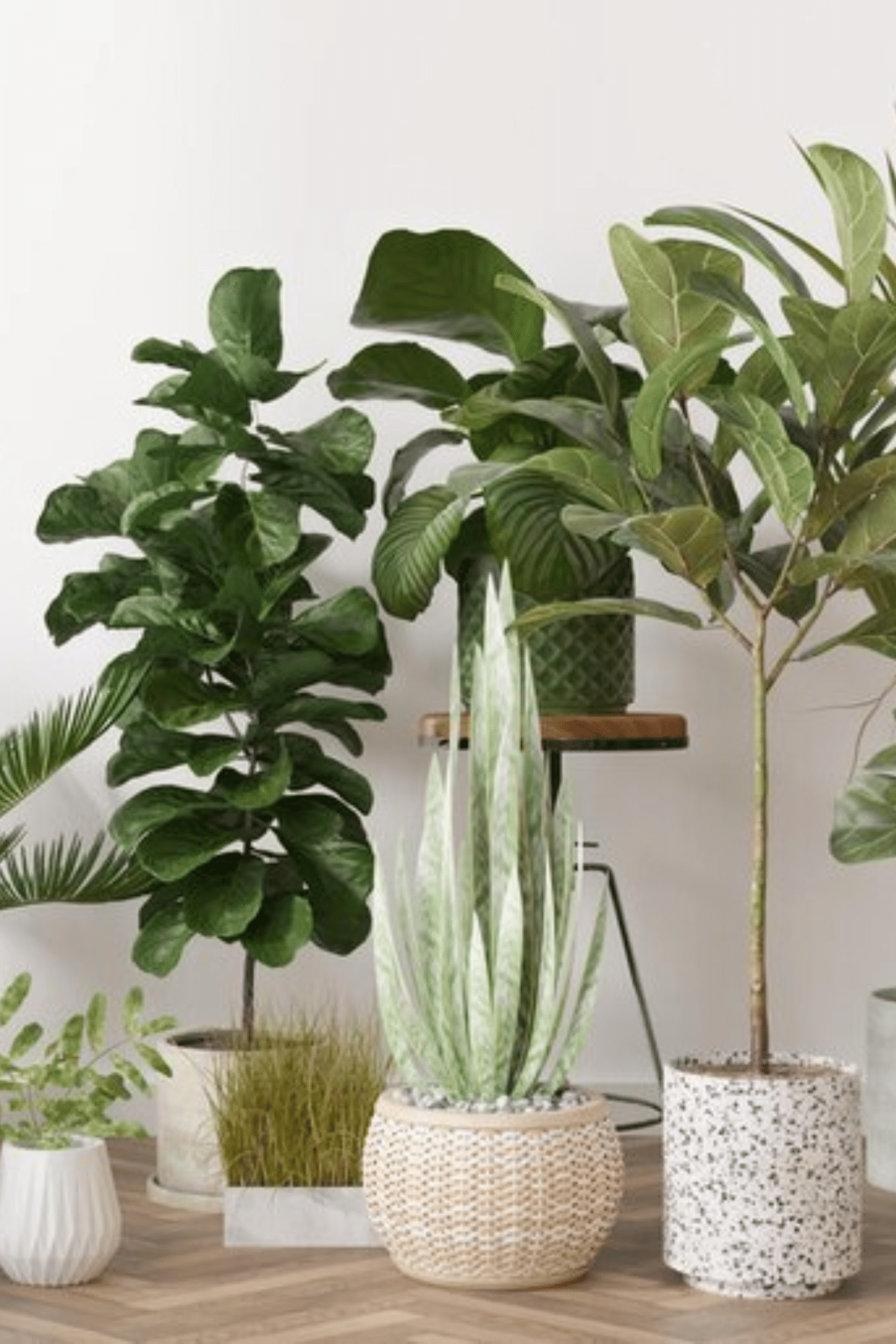
Our family used to combat the uncomfortably low humidity levels of winter with multiple humidifiers. But having one per room didn’t really work out well for the aesthetics of our house or our electric bills.
The better alternative?
A plant collection.
Each member of our family chose their own plants to keep, including a money tree, a baby rubber plant, a bromeliad, and, of course, the plants I listed below. As a result, we can maintain our home’s humidity at much healthier levels, especially during winter.
Better Indoor Aesthetics
Having plants native to tropical countries is one of the easiest ways to bring a beautiful tropical vibe to your home. With some plants having heart-shaped leaves, others blooming flowers that resemble a bouquet, a plant with velvety leaves, and some rare plants with unique features, you’ll have a home that’s always exciting to return to after a long day of school or work.
5 Best Tropical Plants To Grow
Snake Plant
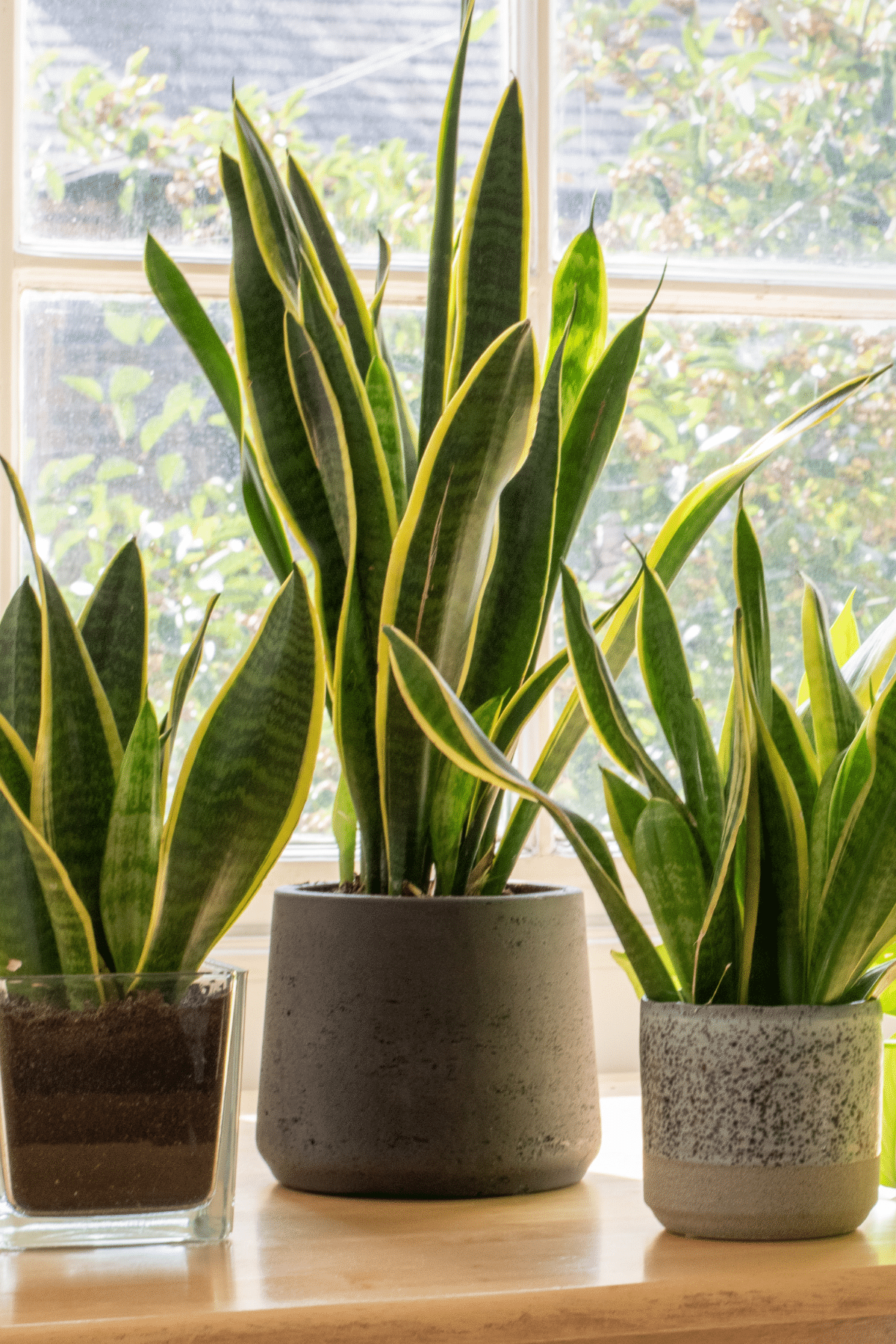
One of the easiest tropical house plants to grow is the snake plant. This foliage plant can thrive effortlessly if you provide it with medium to bright indirect light. If you’re following Vastu, the snake plant is best placed either in the south or the east part of your bedroom.
These great plants have a compact size and upright green leaves, making them easy to fit even in the tightest spaces or corners of your home.
Allow the soil to dry between waterings to prevent your plant’s leaves from becoming squishy or floppy.
Fiddle Leaf Fig
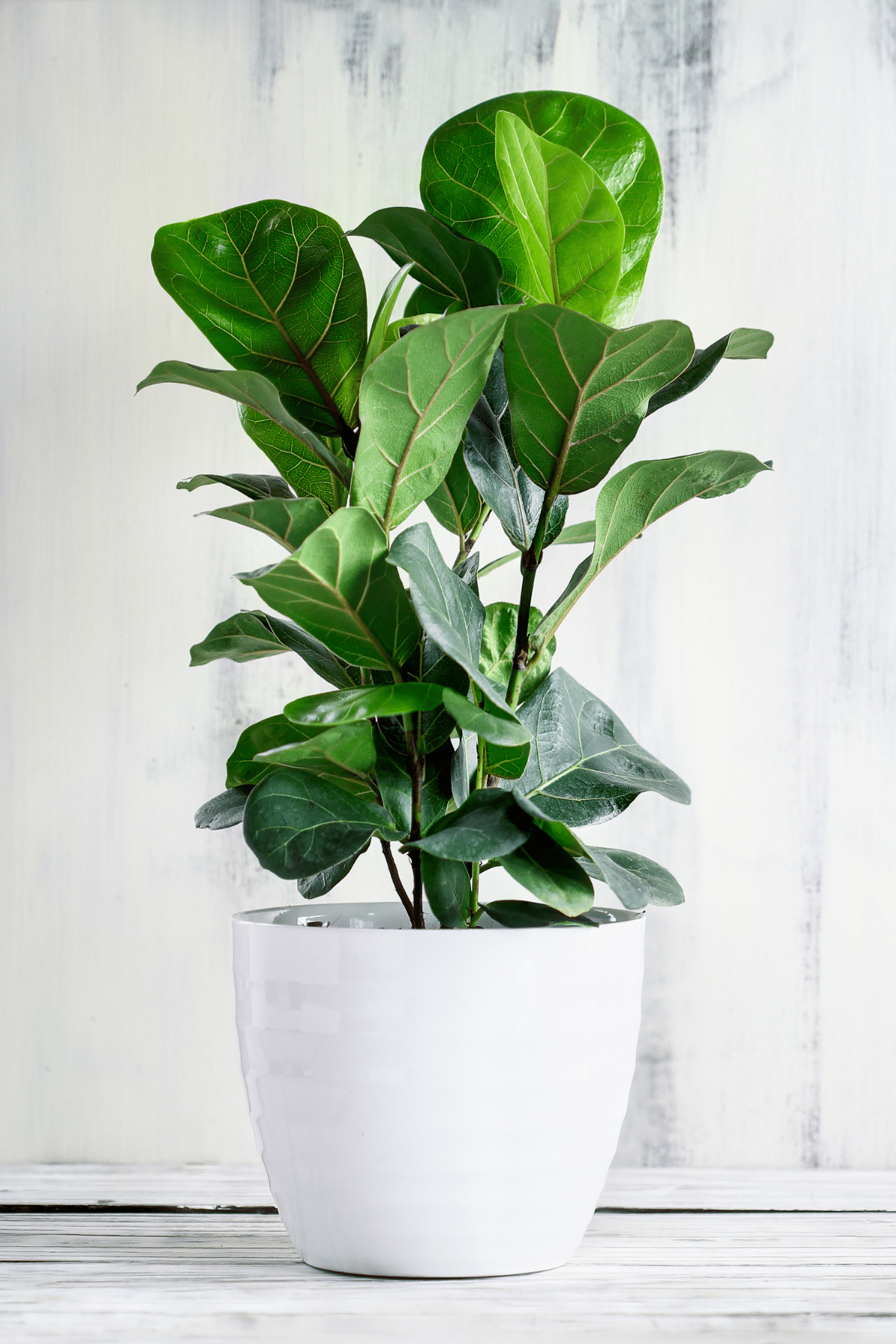
A Fiddle Leaf Fig is one of the most visually captivating plants to grow indoors. This stunning plant is popular for its tree-looking appearance and wide violin-like leaves. So, even if this is the only plant you keep, it will undoubtedly evoke a nature-feel environment in your home.
These plants can grow quite tall, but they are still low-maintenance plants that are easy to grow. Just provide them with bright but indirect light, and keep the soil moist by watering once a week. In no time, you’ll have a plant that’ll bring a miniature version of the tropical rainforest straight to your home.
Philodendron “Prince Of Orange”
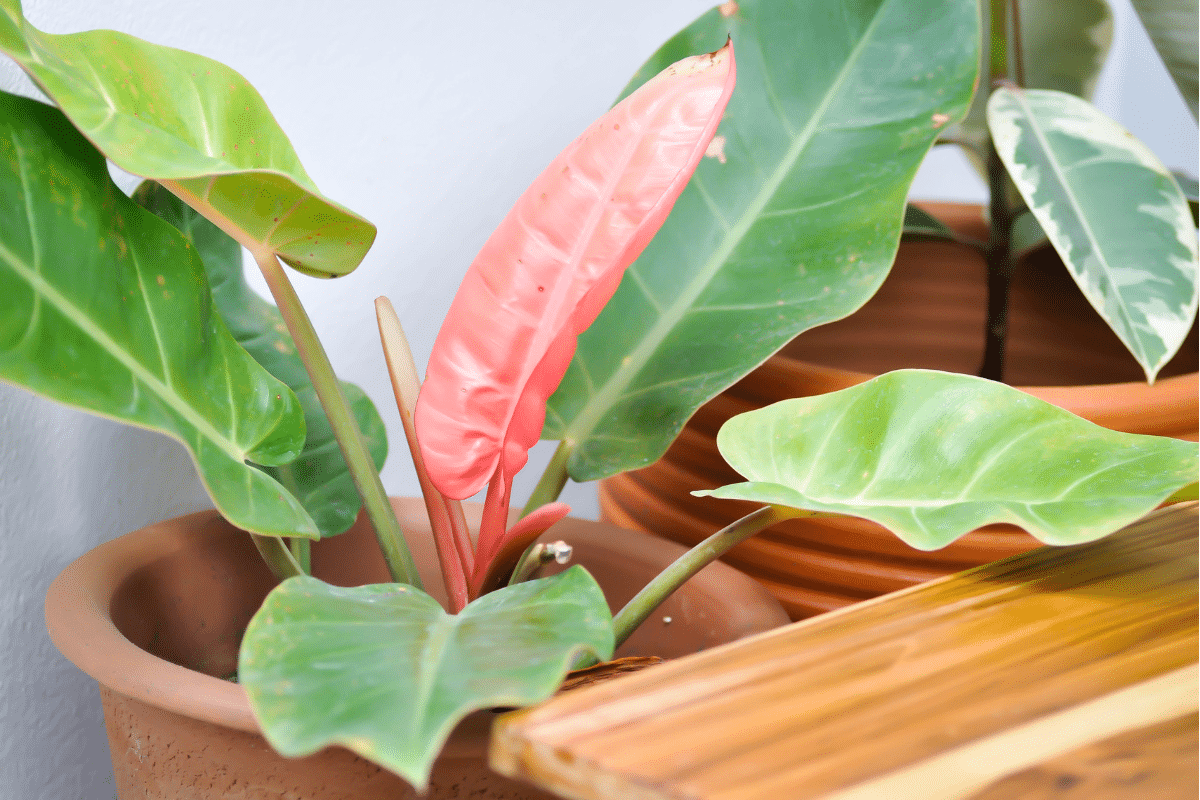
This popular plant is an excellent choice for adding more colors to your home. Its glossy and uniquely hued leaves ranging from dark green to bright reds and oranges always remind me of the vibrant colors of autumn.
The Philodendron “Prince of Orange” plant thrives with exposure to bright indirect light. However, it also benefits from approximately one hour of direct bright light exposure daily if you want more vibrant colors. Water this plant when the top 1-2 inches of the soil dries out, or once a week.
Birds Of Paradise
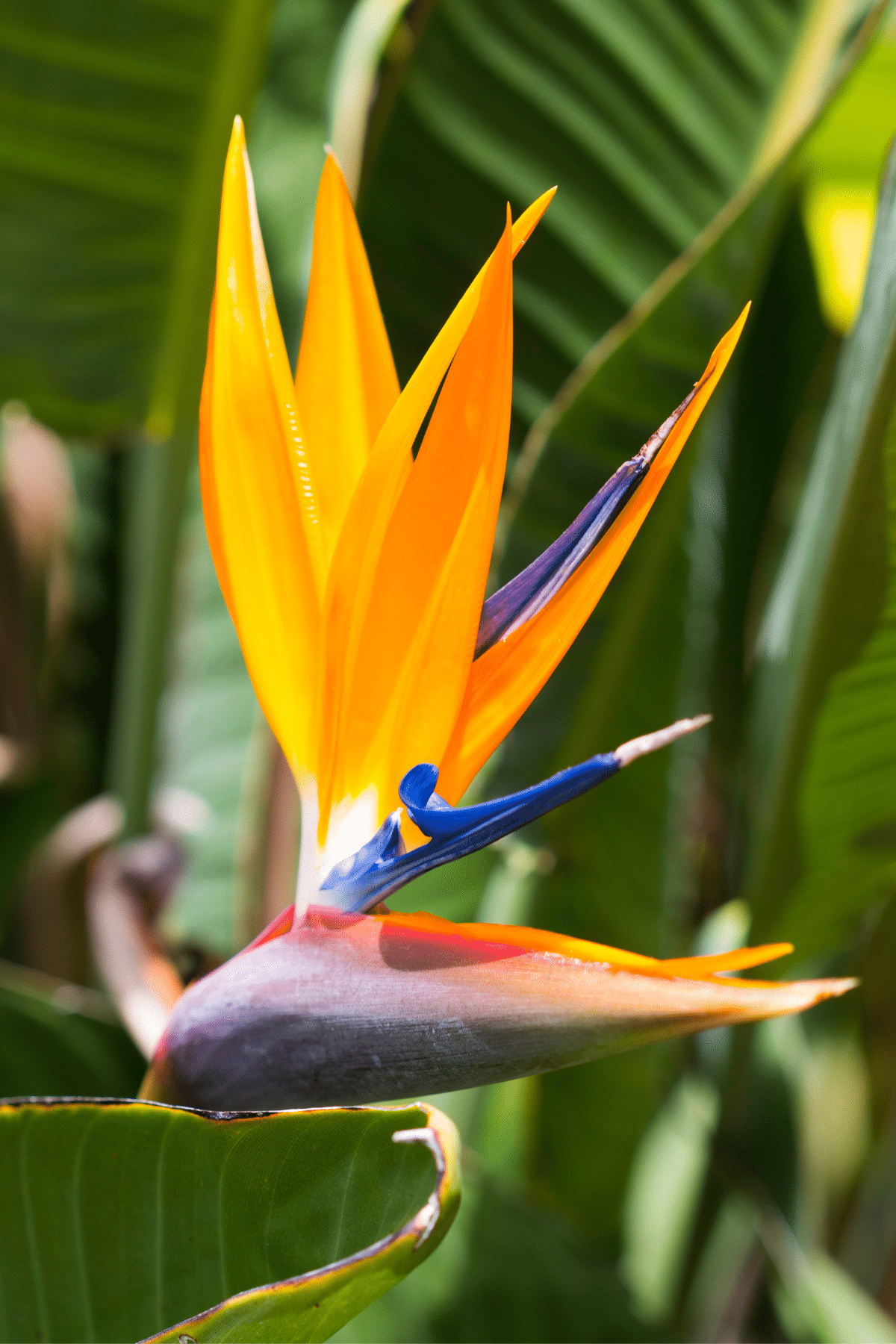
This plant blooms flowers with shapes and colors reminiscent of tropical birds. Despite their exotic appearance, these plants can easily thrive indoors if exposed to bright direct light and watered once every 7-14 days. Like many tropical plants, Birds of Paradise cannot tolerate low light. So, ensure you have a suitable spot for this beauty before bringing it home.
Majesty Palm
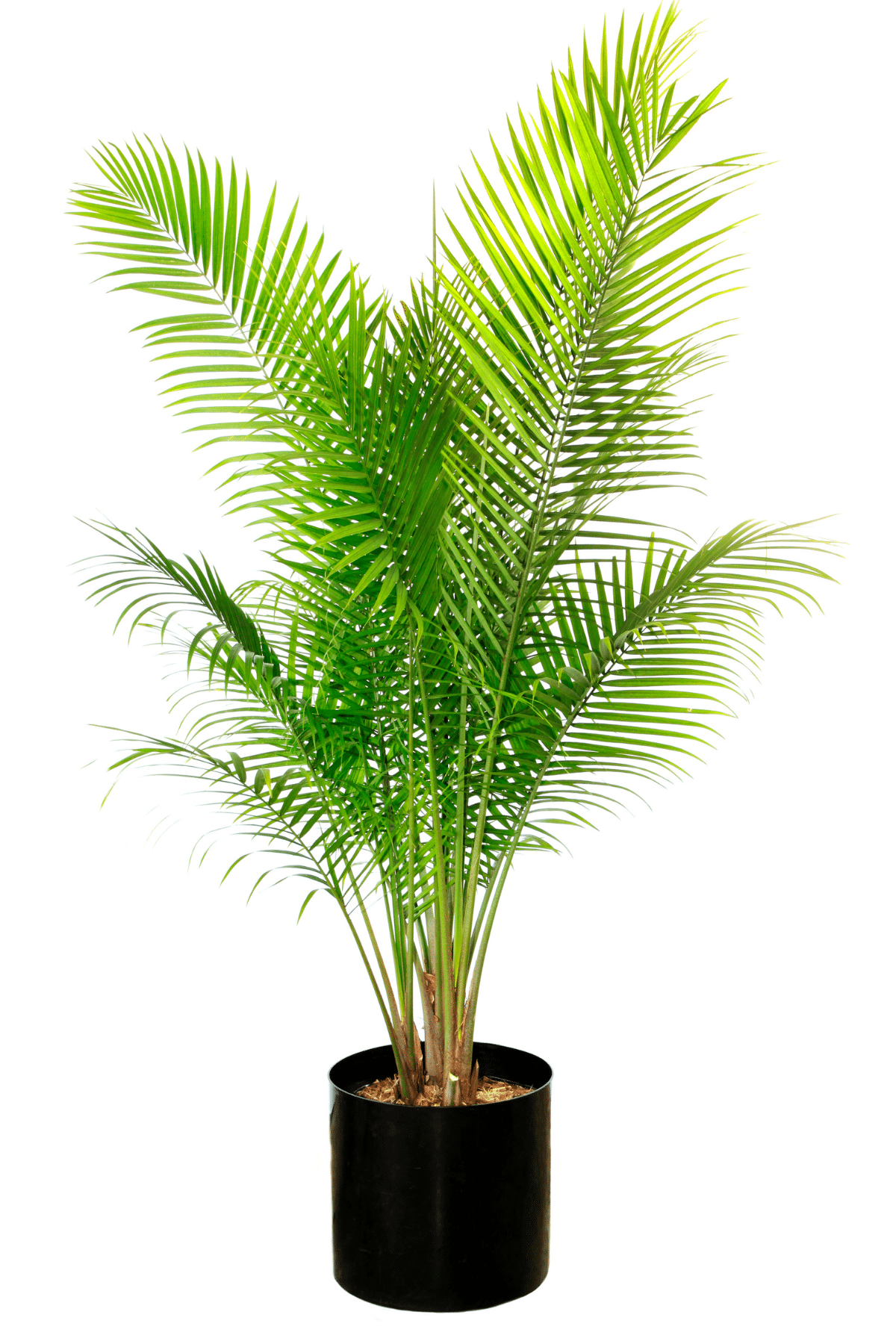
If you want a plant that will grow quite tall, the Majesty Palm tree should be one of your go-to options. This plant reaches heights up to 10 feet, and its thin, elongated leaves cast striking shadows that beautifully evoke the essence of tropical summer on your floors and walls.
To keep Majesty Palms healthy, place them in a location with bright but indirect light. Water them once a week or every two weeks, allowing the soil to dry halfway down between watering.
House Plant Care Tips
Indoor tropical plants are among the easiest plants to grow. However, you must know some key things to ensure their optimal growth. As someone who has a variety of these lovely greens at home, here are some of my go-to tips.
Know The Light And Water Needs Of Your Plant
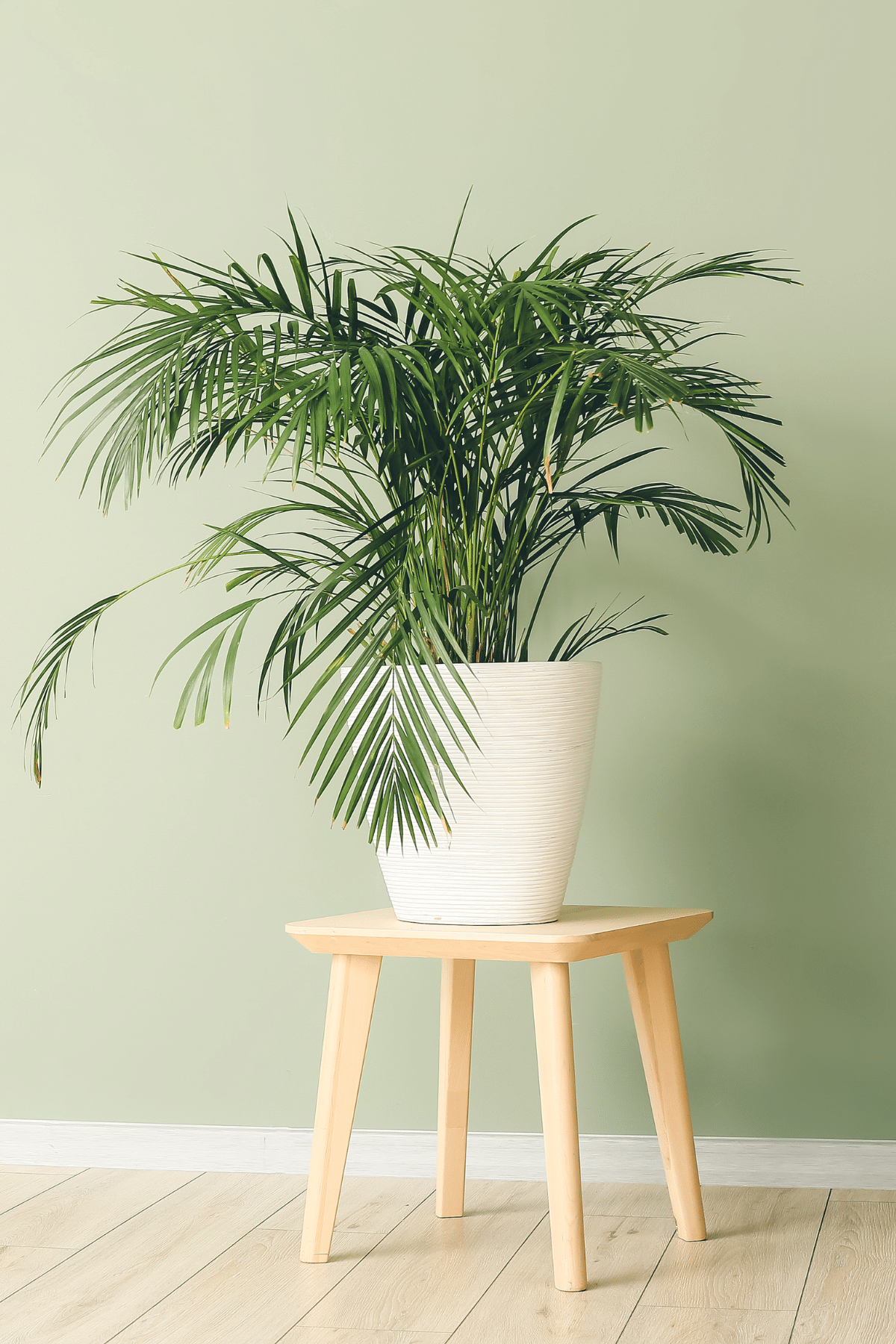
Each tropical plant variety has unique growth requirements. So, don’t simply use the same light levels and watering frequency for all your plants. Research the ideal environment that each plant needs to keep them as healthy as possible. The ideal light levels for one plant might be the worst lighting conditions for another.
Fertilize Your Plants
While indoor plants aren’t difficult to grow without fertilization, they’ll no doubt look their best when provided with the right amount of plant food. Tropical plants, in particular, tend to grow best when fertilized during the spring and summer months. However, it is important to research and determine the specific timing and dosage of fertilization that each plant requires.
Common Propagation Methods
The common propagation methods for exotic plants include stem cuttings, leaf cuttings, or replanting offsets or pups. Note, though, that the method you can or should use highly depends on the specific plant you have.
For many tree-like plants, you’ll have the best chances for successful propagation through stem cuttings. This involves cutting a mature stem off your plant, then replanting it in a separate pot. At first, you’ll need to give it more attentive care than the plant usually requires.
Plants that consist mainly of leaves, such as the snake plant, are best propagated through leaf cuttings. This involves cutting a mature leaf from the plant, letting its roots grow by soaking it in water and then planting the fully-rooted leaf in its own pot.
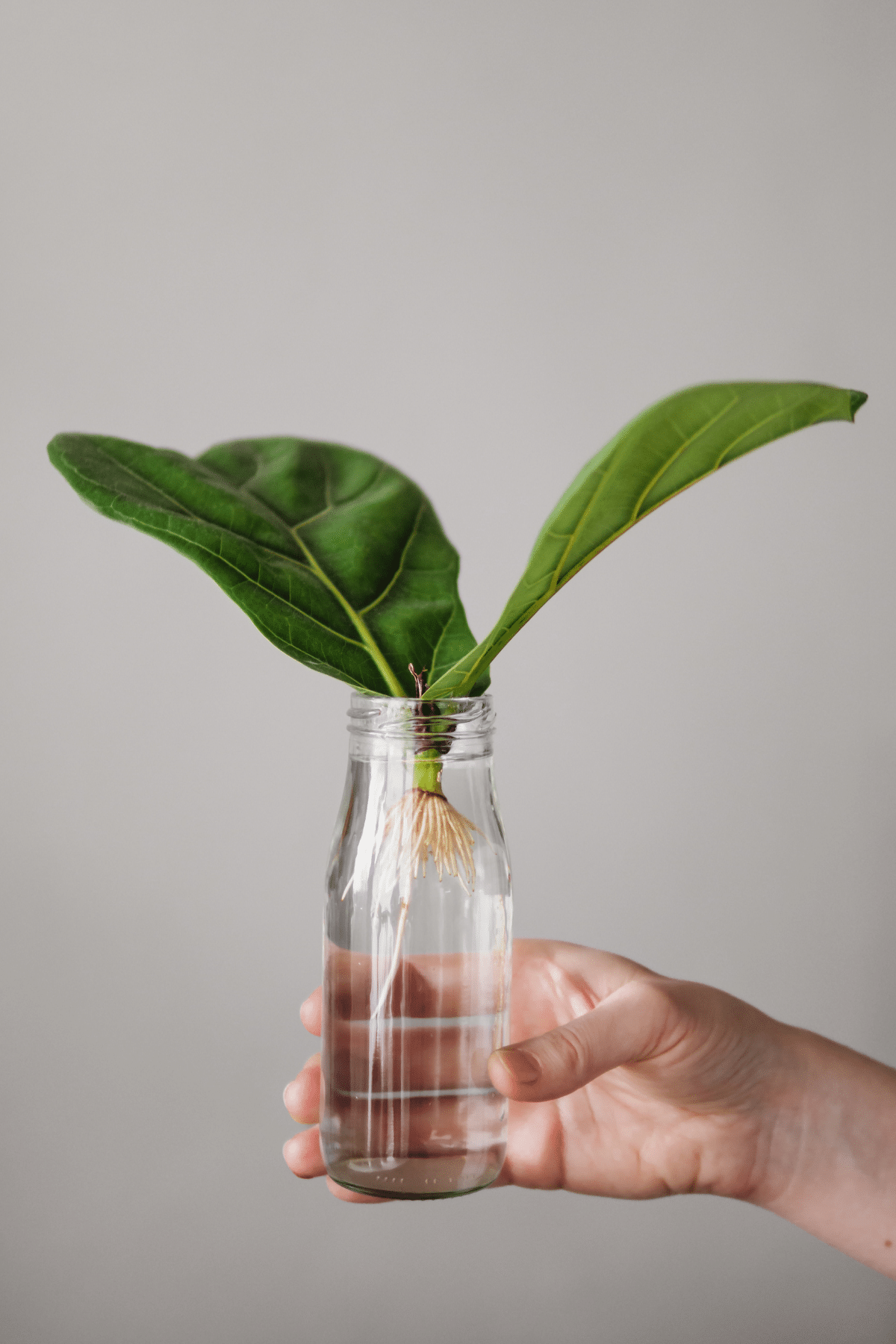
On the other hand, if your plants have offsets, the best way to propagate them is by simply separating the pup from the mother plant and planting it separately.
Before propagating your plant, I highly recommend researching a detailed step-by-step tutorial for the process. Doing so highly increases your chances of successful propagation and allows you to avoid common mistakes beginners make when propagating.
Creative Ways To Decorate Your Home With Tropical Beauty
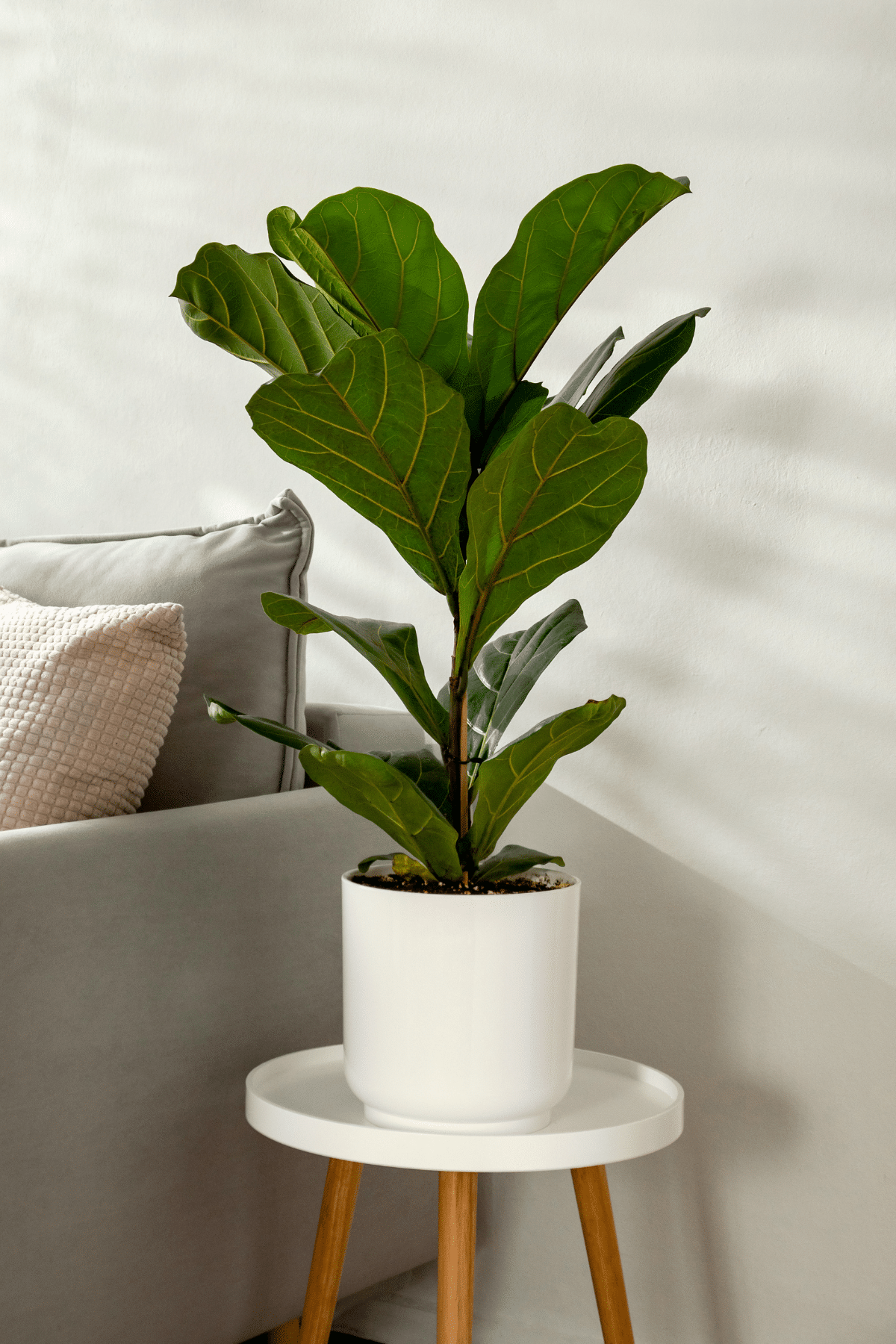
Level Up Boring Window View
Let’s face it: not all windows provide a view of breathtaking sunsets or cityscapes. Some simply give you an unobstructed view of a plain wall, backyard, or dark alleyway.
To enhance the aesthetics of windows with boring outside scenery, place several houseplants in front of your window. You can either display them on a small desk or by hanging them from the ceiling.
The natural light from the window will be beneficial for your plants. Plus, your window corner will no longer appear plain. So, for both you and the plants, it’s a win-win scenario.
Position Plants Beside Wooden Furniture
Leaves and wood complement each other beautifully, both in nature and at home. So, if you can’t think of any location to place your plants, particularly large ones, consider placing them next to wooden desks, cabinets, or even on top of wooden floors.
This approach is one of the easiest ways to achieve a Boho look that transports the soothing comfort of nature to your home.
Get Creative With The Pots
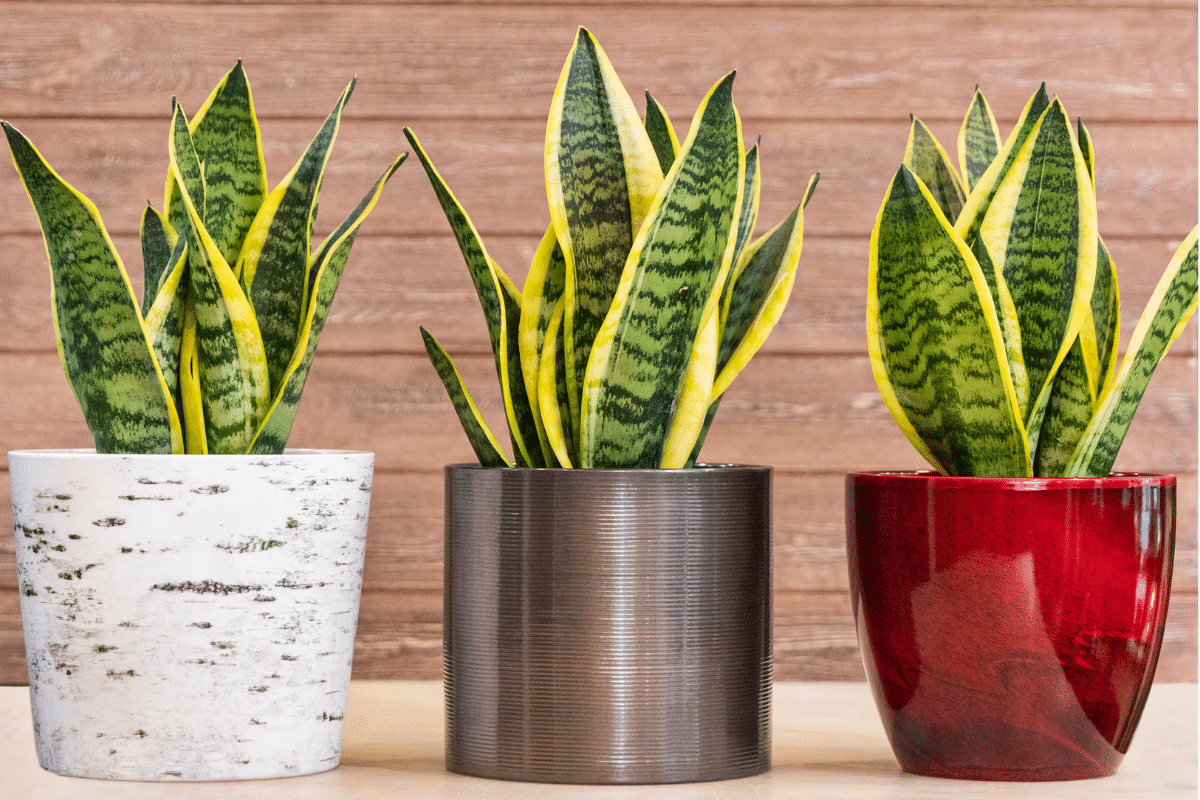
Don’t be afraid to show your uniqueness and personal style by choosing plant pots that reflect your preferences. Use ones with various designs, styles, and colors to really make your plant babies stand out.
I’ve seen plant pots that are shaped like a turtle, a kettle, and even the good old Marvel character, Groot.
The sky’s the limit when choosing your plant pots. Just ensure their drainage holes and size are well-suited for the plant you’re buying it for.
Common Pests And Diseases To Watch Out For
Pests
Some of the pests you should look out for when taking care of tropical plants are scales, mealybugs, and whiteflies. When left alone, these pests can cause leaf and stem discoloration, delayed growth, or in the worst cases, your plant’s death.
Luckily, these pests are fairly easy to control. Often, spraying an insecticidal soap or neem oil on your plant eradicates most pests simultaneously. Check your plants regularly to ensure pests don’t stay and cause permanent damage.
Diseases
Tropical plants are prone to diseases such as root rot, bacterial or fungal leaf spots, and powdery mildew. Each of these can be easily prevented and treated if noticed during their early stages.
Root Rot
The primary way to avoid root rot is to use the appropriate potting mix and watering frequency for your plant. If the root system is severely damaged, replacing the plant with a new one is usually easier and cheaper than trying to save it.
Bacterial or Fungal Leaf Spots
These diseases are easy to fix as long as you notice the symptoms and take action early. Simply remove and throw away the affected leaves, and the rest of your plant should recover without further issues.
Powdery Mildew
You’ll know your plant has this disease if you see powder-like circles on top of its leaves. Fortunately, removing the affected areas and decreasing the humidity around your plant is often enough to resolve the issue.
Where To Buy Tropical House Plants
As a certified plant enthusiast, I’ve realized that the health of your plant upon purchase is more important than where you buy it from. So, feel free to buy plants from any reputable seller you may come across.
Some great sources for houseplants are your local nurseries, garden centers, and even online retailers.
Just remember that it’s essential to thoroughly inspect the plant for any signs of pests or disease before purchasing. Doing so highly increases the chance of the plant thriving under your care.
FAQs
Houseplants generally last between 2 to 5 years with proper care. Remember that even if a particular plant does not survive for as long as you’d expected, you can still propagate it to ensure its legacy lives on.
The watering needs of each plant vary. However, the general rule of thumb is to water houseplants no more than once a week.
Yes, using too much fertilizer on your houseplants is bad. Doing so may cause a chemical burn on your plant’s roots, which could eventually cause your entire plant to wilt and die.
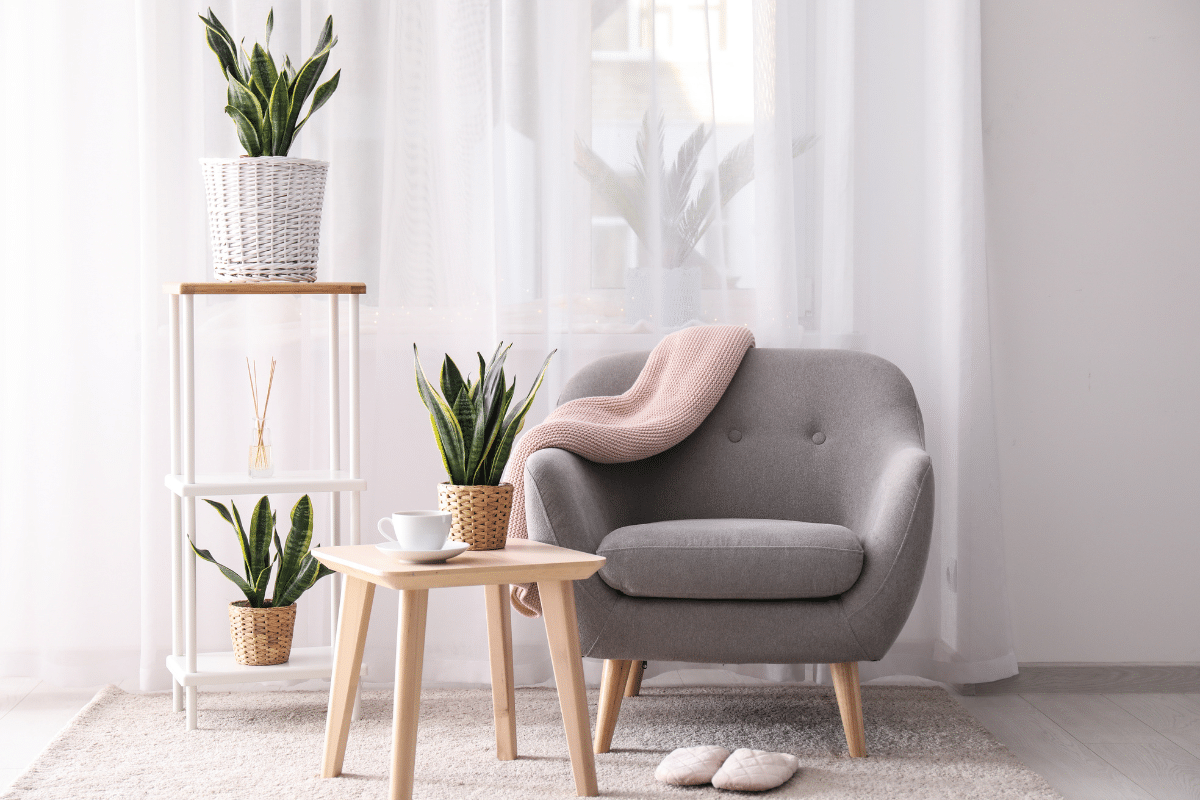
Tropical houseplants are some of the best additions to your homemaking journey. They not only provide aesthetic beauty and improve air quality but are also relatively easy to care for and can adapt well to different living conditions. With proper care, these loving plants can thrive indoors, bringing you and your family peace and calmness throughout the day.
